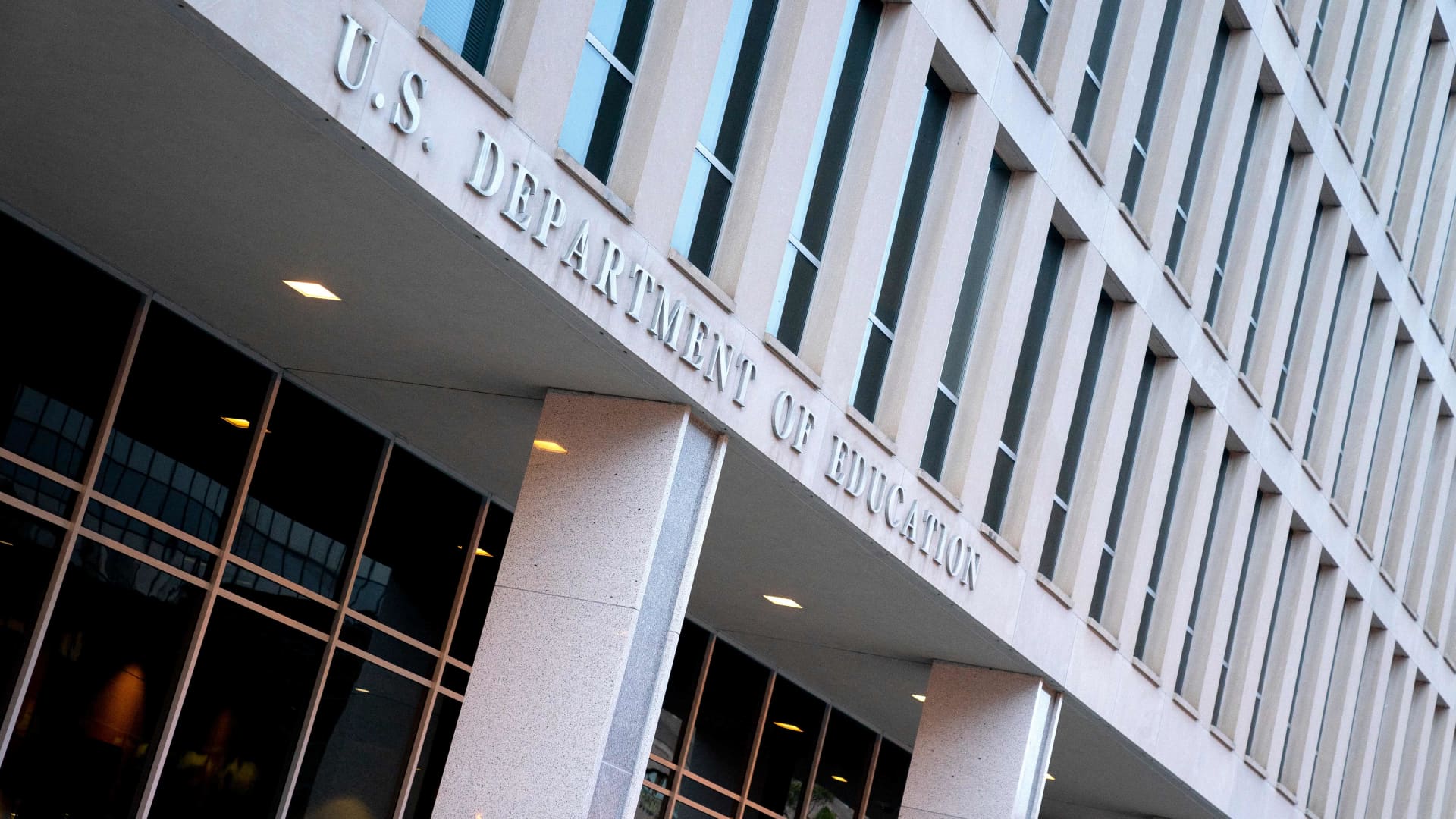Products You May Like
The U.S. Department of Education proposed regulations Tuesday that would reduce the monthly bills for certain federal student loan borrowers.
Under the proposal, the administration of President Joe Biden would overhaul one of the existing income-driven repayment plans, known as Revised Pay As You Earn or REPAYE, which caps borrowers’ bills at a percentage of their discretionary income.
“We cannot return to the same broken system we had before the pandemic, when a million borrowers defaulted on their loans a year and snowballing interest left millions owing more than they initially borrowed,” U.S. Secretary of Education Miguel Cardona said in a statement.
More from Personal Finance:
Here’s the best way to pay down high-interest debt
63% of Americans are living paycheck to paycheck
‘Risky behaviors’ are causing credit scores to level off
The new REPAYE plan would reduce monthly obligations by as much as a half, according to a fact sheet from the Education Department. A typical graduate from a four-year public university could save around $2,000 annually under the new plan, it says.
Currently, the most affordable income-driven repayment plan requires borrowers to pay 10% of their discretionary income each month to their student debt. This change would lower that ceiling to 5%.
The plan should officially be available July 1, 2024, according to higher education expert Mark Kantrowitz, but some parts of it may be implemented sooner.
Payment plans based on student loan borrowers’ income date back to the mid ’90s. They provide an alternative to the standard repayment plan that spreads debt obligations evenly over a decade, or 120 months. Income-based plans typically trade lower payments for a longer repayment timeline, with any remaining balance forgiven.
Future of student loan forgiveness uncertain
The announcement comes while the fate of Biden’s sweeping student loan forgiveness plan remains uncertain. At the end of February, the U.S. Supreme Court plans to hear oral arguments on the policy.
Biden announced in August that tens of millions of Americans would be eligible for cancellation of their education debt — up to $20,000 if they received a Pell Grant in college, a type of aid available to low-income families, and up to $10,000 if they didn’t.
Since then, Republicans and conservative groups have filed at least six lawsuits to try to kill the policy, arguing that the president doesn’t have the power to cancel consumer debt without authorization from Congress and that the policy is harmful.
Two of those challenges have been successful in at least temporarily blocking the Biden administration from proceeding with its plan.
The Biden administration insists that it’s acting within the law, pointing out that the Heroes Act of 2003 grants the U.S. secretary of education the authority to make changes related to student loans during national emergencies. The country has been operating under an emergency declaration due to Covid since March 2020.
The government also says that the public health crisis has caused considerable financial harm to student loan borrowers and that its debt cancellation is necessary to stave off a historic rise in delinquencies and defaults.
